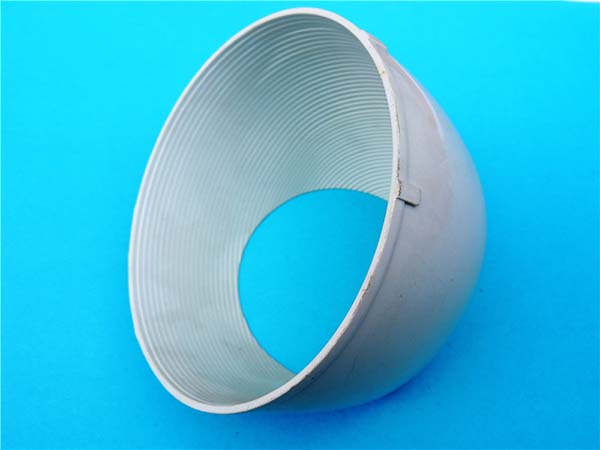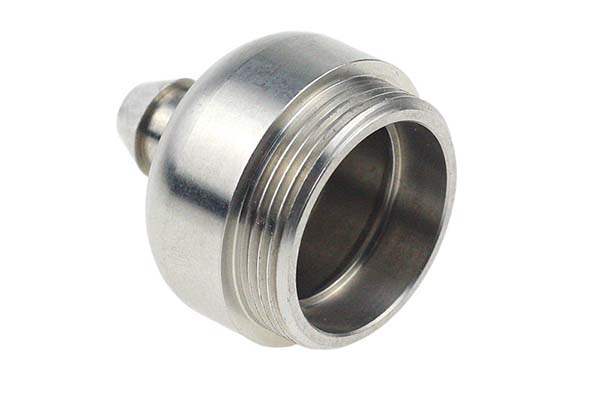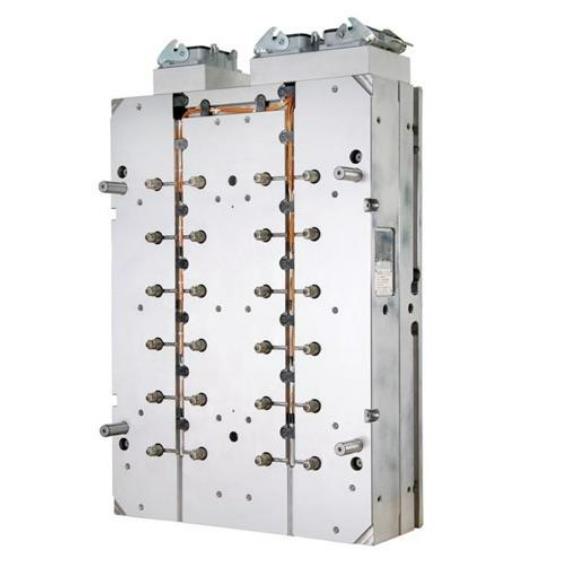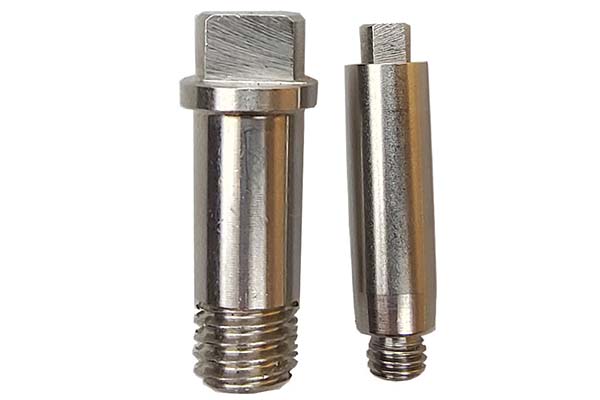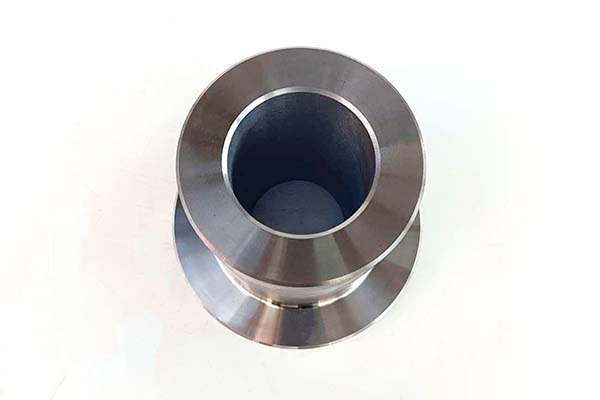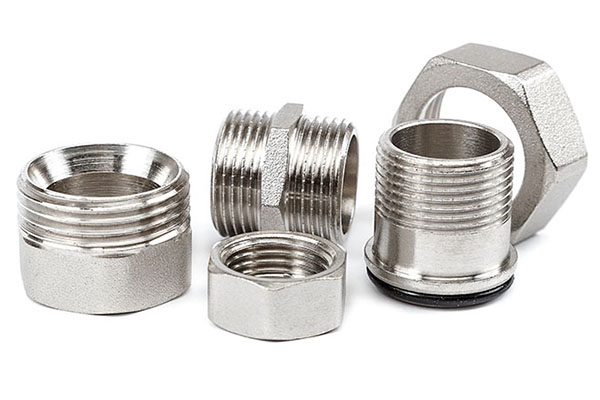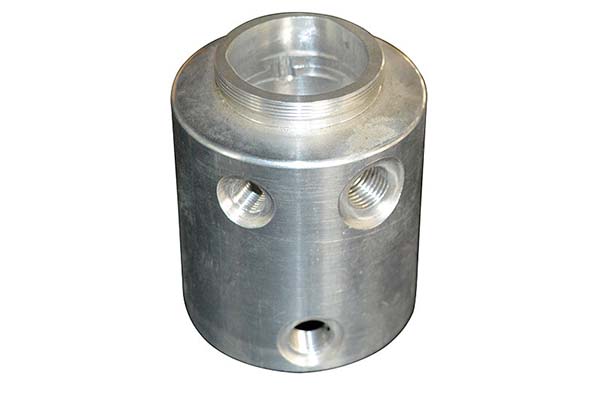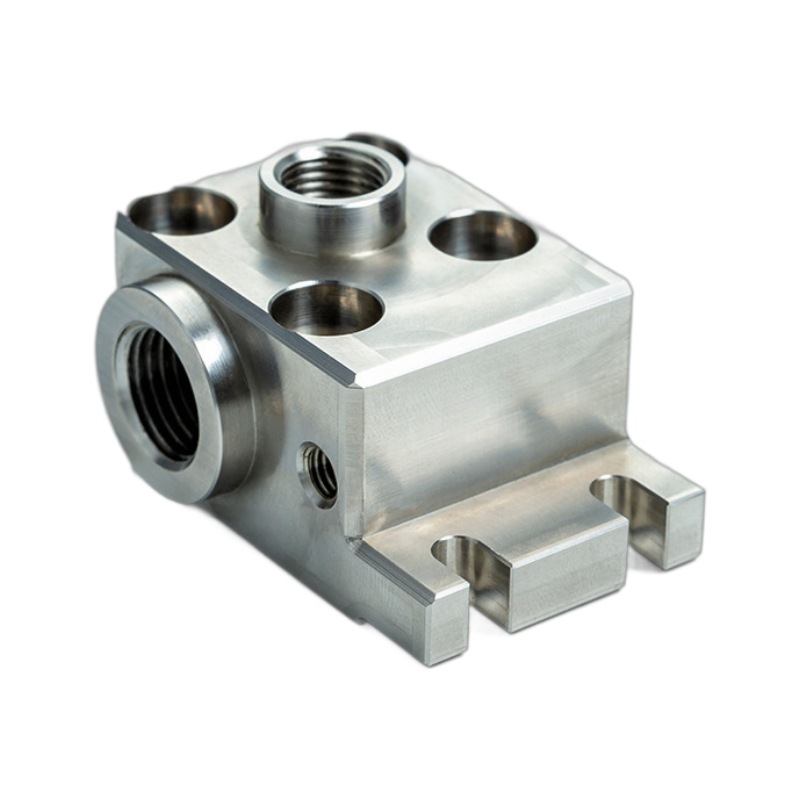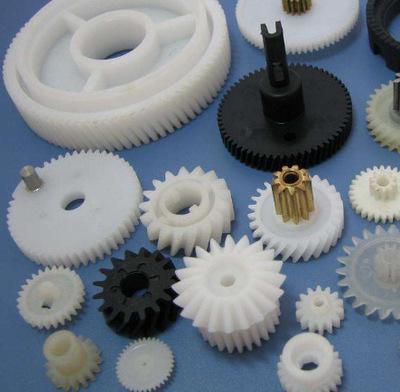CNC machining of Polypropylene (PP) presents unique challenges that manufacturers often struggle with. Its low rigidity and flexibility can lead to workpiece deflection during machining, making it difficult to achieve tight tolerances. Additionally, PP’s low melting point (160-170°C) means it is prone to heat-induced deformation, especially during high-speed operations. Its tendency to produce stringy chips can clog tools and cause surface defects if not managed properly. This guide addresses these pain points, offering expert strategies to master CNC machining of PP.
CNC Machining Basics
Computer Numerical Control (CNC) machining automates the production of PP parts by using pre-programmed instructions to control machine tools. The machining principles involve removing material from a PP workpiece through controlled cutting, with CNC programming translating design specifications into G-code and M-code—the languages that direct machine movements and auxiliary functions like coolant activation.
Machine tool operation for PP requires adjustments compared to metals, as the material’s flexibility demands gentler clamping and optimized cutting parameters. Precision engineering is achievable with PP, though tolerances are typically ±0.05 mm for large parts and ±0.02 mm for small components, slightly wider than metal machining due to PP’s thermal expansion. CAD/CAM integration streamlines the process, allowing designers to create 3D models that are directly converted into toolpaths, reducing errors and setup time.
PP Material Characteristics
Polypropylene (PP) is a thermoplastic polymer known for its balance of properties that make it ideal for CNC machining:
- Mechanical properties: PP has a tensile strength of 20-30 MPa and flexibility that allows it to bend without breaking, making it suitable for parts like hinges or clips. Its impact resistance improves in cold temperatures, unlike many plastics that become brittle.
- Chemical resistance: PP is highly resistant to acids, alkalis, and many solvents, making it ideal for chemical storage or handling components. It is, however, susceptible to attack by strong oxidizing agents.
- Thermal properties: With a melting point of 160-170°C and a continuous use temperature of 100-120°C, PP can withstand moderate heat but requires careful heat management during machining.
- Density: At 0.90-0.92 g/cm³, PP is one of the lightest plastics, offering weight advantages in applications like automotive parts or consumer products.
- Recyclability: PP is easily recyclable, appealing to industries focused on sustainability, though recycled PP may have slightly reduced mechanical properties.
CNC Machining Processes for PP
Several CNC machining processes are used to shape PP, each requiring specific techniques to handle the material’s unique properties:
- Milling: The most common process for PP, using rotating end mills to create complex shapes. Climb milling (where the tool cuts into the workpiece) is preferred over conventional milling to reduce heat buildup and surface fuzzing.
- Turning: Used for cylindrical PP parts like rods or tubes, with lathe tools removing material while the workpiece rotates. Lower spindle speeds (500-2000 RPM) prevent overheating compared to metal turning.
- Drilling: Requires sharp drill bits with polished flutes to avoid tearing PP’s surface. Peck drilling (intermittent retraction) helps evacuate stringy chips, preventing clogging.
- Cutting: Shearing PP sheets or rods with CNC routers works well, though feed rates must be high enough to avoid melting—typically 100-300 mm/min depending on thickness.
- Grinding and engraving: Used for finishing operations, with fine-grit abrasives to achieve smooth surfaces. Engraving PP is straightforward due to its softness, though depth control is critical to avoid melting.
- Finishing operations: Deburring and polishing are simpler with PP than with metals, as its softness allows easy removal of burrs using abrasive pads.
Tools and Equipment for PP Machining
Selecting the right tools and equipment is critical for efficient PP machining:
- Cutting tools: High-speed steel (HSS) tools are sufficient for PP, as the material’s low abrasiveness means tool life is long—HSS end mills and drill bits last 2-3 times longer than when machining aluminum. Carbide tools are optional but offer no significant advantage for PP, making HSS a cost-effective choice.
- Tool geometry: End mills with 2 flutes are preferred for better chip evacuation, as PP’s stringy chips can clog 4-flute designs. A helix angle of 20-30° reduces cutting forces, minimizing workpiece deflection.
- Lathe tools: Sharp, high-speed steel tools with a positive rake angle (10-15°) reduce cutting forces and heat, preventing PP from softening and adhering to the tool.
- CNC machines: Standard CNC mills and lathes work well for PP, though machines with variable spindle speeds (500-6000 RPM) allow better control over heat generation.
- Spindles: Lower spindle speeds (1000-3000 RPM) are typical for PP, reducing friction and heat compared to metal machining speeds.
- Coolant systems: While PP machining can be done dry for small parts, coolant systems using compressed air or a light mineral oil mist help evacuate chips and reduce heat, preserving surface quality.
Applications of CNC Machined PP Products
CNC machined PP products are used across industries for their versatility, chemical resistance, and low cost:
- Automotive parts: Interior trim, air ducts, and fluid reservoirs leverage PP’s light weight and chemical resistance to oils and coolants.
- Consumer products: Food containers, toys, and household appliances use PP’s safety (FDA-approved grades) and durability.
- Industrial components: Chemical tanks, pump housings, and conveyor parts benefit from PP’s resistance to corrosive substances.
- Medical devices: Disposable surgical tools and lab equipment use PP’s sterility and chemical resistance to disinfectants.
- Packaging: Custom packaging inserts and protective cases are easily machined from PP sheet stock.
- Prototyping: PP’s low cost and easy machinability make it ideal for functional prototypes, allowing quick design iterations.
- Customized parts: Hinges, brackets, and wear pads are often machined from PP due to its flexibility and low friction.
Quality Control in CNC Machining of PP
Maintaining quality in PP machining requires attention to specific factors:
- Tolerance: PP’s thermal expansion (150-200 μm/m·K) means parts should be measured at a consistent temperature (23°C ±2°C) to ensure they meet ±0.05 mm tolerance for most applications.
- Surface finish: PP typically achieves Ra 0.8-1.6 μm with standard machining, sufficient for most applications. Poor finishes (haze or fuzzing) indicate excessive heat or dull tools.
- Dimensional accuracy: Using fixture designs that minimize clamping pressure prevents warping, while post-machining annealing (80°C for 1 hour) relieves internal stresses, stabilizing dimensions.
- Inspection methods: Calipers, micrometers, and optical comparators are used to verify dimensions, while visual inspections check for surface defects like chips or melt marks.
- Quality standards: ISO 9001 guidelines are applied to PP machining, with process controls documenting cutting parameters, tool changes, and inspection results to ensure consistency.
- Metrology: 3D scanning is used for complex parts to compare finished products to CAD models, identifying deviations early in production.
- Process optimization: Regularly reviewing tool wear and adjusting feed rates reduces defects, with statistical process control (SPC) tracking key metrics like dimensional variation over time.
Yigu Technology's Perspective
Yigu Technology specializes in CNC machining PP, leveraging our expertise in handling its unique properties. We use HSS tools with optimized geometries to minimize heat generation and workpiece deflection, ensuring clean cuts and tight tolerances. Our coolant systems use air mist to evacuate chips without leaving residues, critical for food or medical applications. We also offer post-machining annealing for large PP parts to enhance dimensional stability. Whether producing chemical-resistant industrial components or lightweight consumer products, we tailor our processes to maximize PP’s strengths, delivering high-quality parts that meet our clients’ exact specifications.
FAQ
- Why is PP more challenging to machine to tight tolerances than metals?
PP’s higher thermal expansion and flexibility make it more sensitive to temperature changes and clamping pressure, leading to greater dimensional variation. Achieving tight tolerances requires controlled environments, optimized toolpaths, and gentle fixturing.
- Can PP be machined at high speeds?
High-speed machining of PP is possible but risky due to heat buildup. Spindle speeds above 3000 RPM can cause melting, so we recommend 1000-3000 RPM with higher feed rates to balance material removal and heat generation.
- How to prevent stringy chips when machining PP?
Stringy chips are managed by using sharp 2-flute tools, peck drilling (for holes), and directing compressed air at the cutting zone to break chips. Coolant mist also helps lubricate the cut, reducing chip adhesion to the tool.
